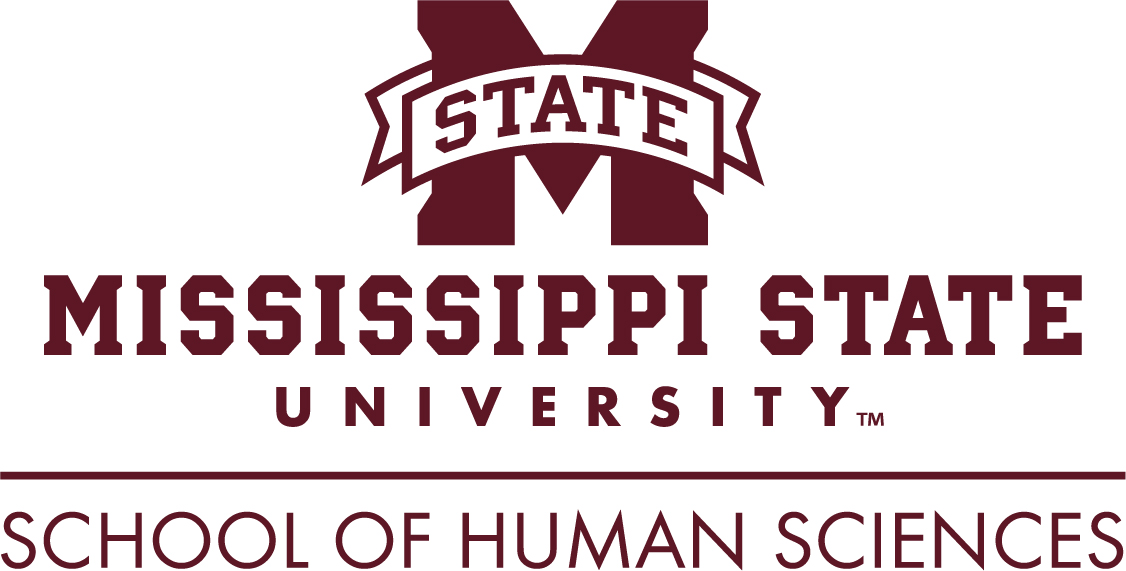Abstract
This report describes a project that tested social media versus traditional postal mailing advertising for a series of forestry Extension educational programs. Forestry Extension clientele have diverse backgrounds and include landowners, urban tree owners, communities, agencies, and others, and vary widely by sociodemographic and ownership characteristics. Such diversity creates challenges for technology transfer, including initial client contact, participation in educational programming, and realization of learning objectives. The Mississippi State University Forestry Extension program has attempted to address these challenges through social media marketing and in-person impact evaluation. An online marketing strategy resulted in 39% of clients becoming aware of and registering for programs through social media and email compared with 45% from postal mailings. Still, social media marketing resulted in more clients registering earlier, and in registration of clients who had not previously attended Extension programming, compared with postal marketing. Given the many diverse communication methods used by Extension clientele, social media, and traditional forms of marketing should be integrated into successful marketing campaigns. Implications for future educational efforts are discussed.
Recommended Citation
Gordon, J.,
Measells, M.,
Willis, J.,
&
Self, B.
(2020). Comparing Social Media and Postal Mailings in Forestry Extension Program Marketing.
Journal of Human Sciences and Extension, 8(1), 13.
DOI: https://doi.org/10.54718/YQFO1046
Creative Commons License

This work is licensed under a Creative Commons Attribution-NonCommercial-No Derivative Works 4.0 International License.


